Catch of the day: how Norway's cod travels to the UK's chip shops
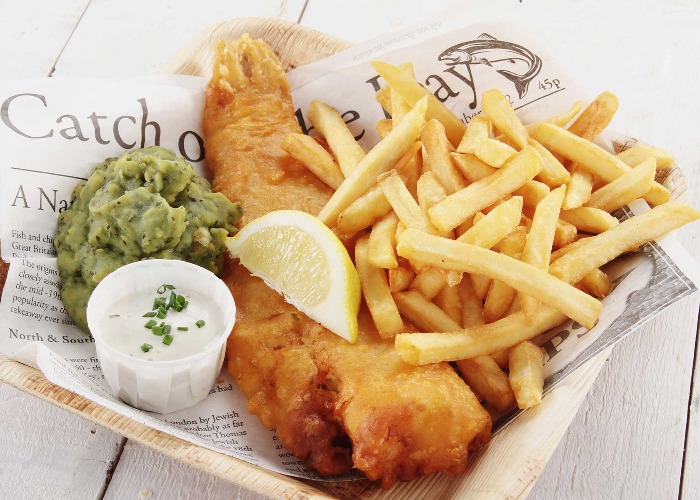
You can’t beat a fish and chip supper, but what really goes into the making of a perfect portion of the Friday night favourite? loveFOOD travelled to Norway to find out…
Whether you’re tucking into them at the seaside or enjoying them on your sofa, there’s no doubting the comfort food quality of a finely battered fish served with chunky chips.
Chances are though that you’ve not given more than a passing thought to whether your local chippy's used fresh or frozen fish, with one recent poll showing 57% of us assume chilled fish has a higher freshness quality than frozen.
Yet, when stored correctly, freezing fish at sea is the best way to retain its freshness, keeping its taste for up to 12 months.
READ MORE: Our top 50 comfort foods will see you through winter
Around 27% of the UK’s cod, much of which is supplied to the UK’s fish and chip industry, comes from Norway. The Scandinavian country is one of the major suppliers of sustainable cod to the UK and has been trading frozen-at-sea produce for nearly 70 years.
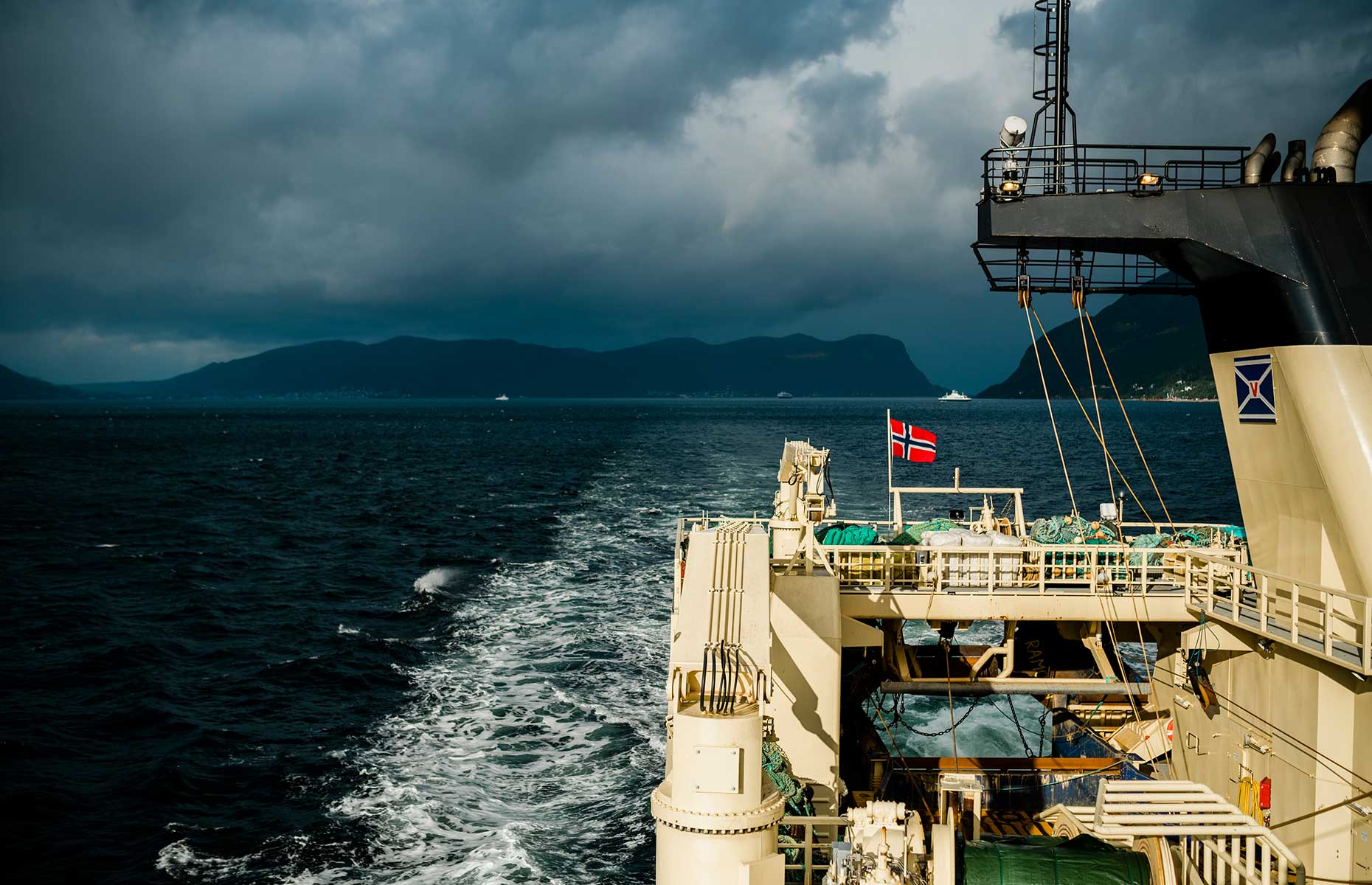 Courtesy of Seafish/Tone Molnes
Courtesy of Seafish/Tone Molnes
We travelled with Seafish and the Norwegian Seafood Council to Ålesund, one of Norway’s major fishing hubs, to find out how it’s done and the impact on the UK’s independent chippies.
Joining us were staff and owners from the UK’s Top 10 Fish and Chips Shops – the finalists of the National Fish and Chip Awards.
Frozen at sea
The highlight of the trip was an excursion on board the Ramoen (pictured below), one of Norway’s state-of-the-art Frozen At Sea fishing fleet. Built in 2016, the boat has an onboard factory, which takes the cod straight from the sea for fileting, sorting, sizing, packaging and freezing at -20°C, all within six hours.
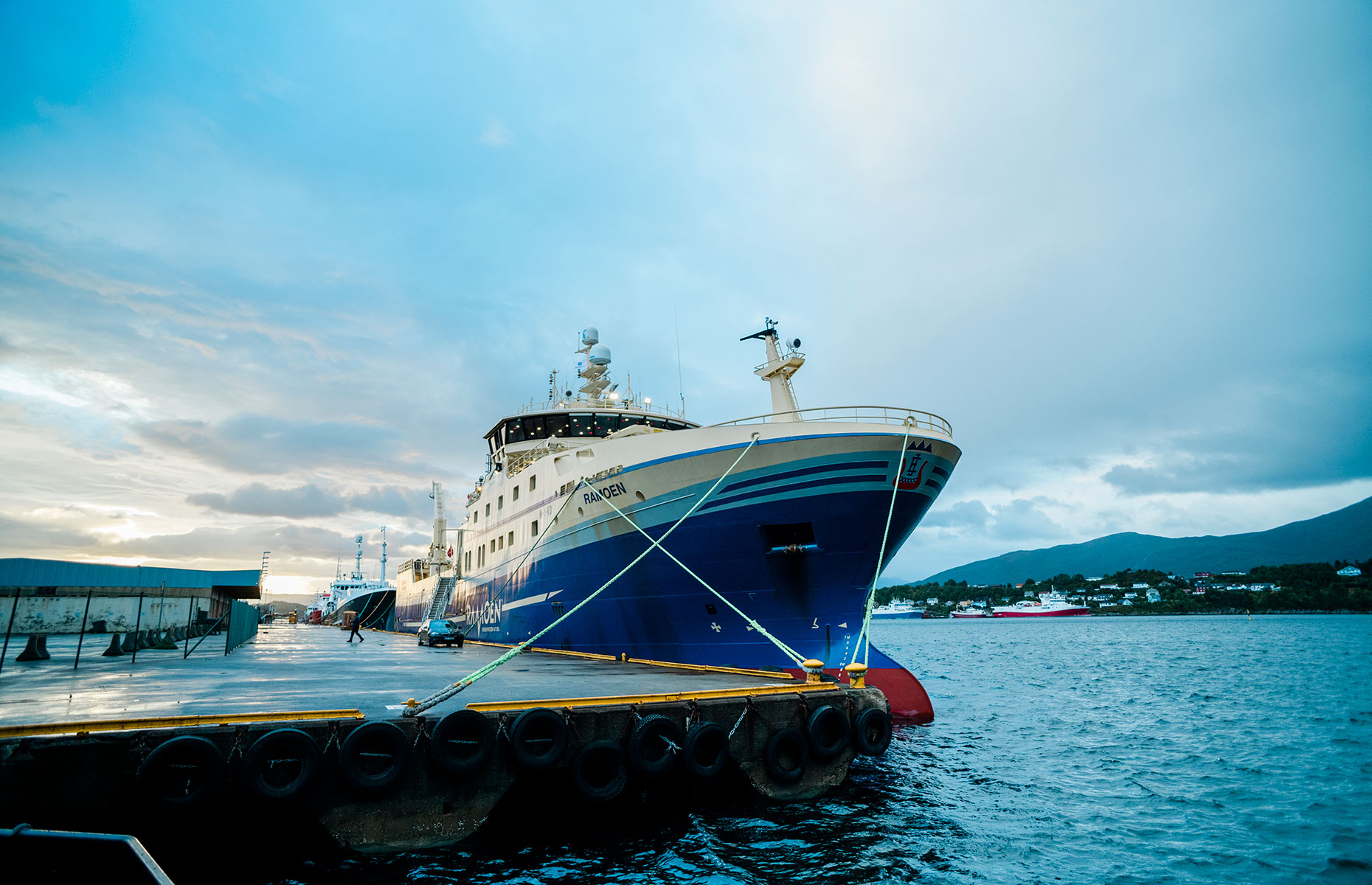 Courtesy of Seafish/Tone Molnes
Courtesy of Seafish/Tone Molnes
The Ramoen is a 75-metre trawling vessel designed by Rolls Royce in order to maximise efficiency and, above all, minimise the environmental impact. Thanks to diesel and electric power it’s one of the greenest vessels on the water, highlighting how the Norwegian fishing industry aims to keep the industry environmentally friendly.
Nothing's wasted
In addition, the entire fish is used and there is no waste from the Ramoen’s catch. Parts of the fish that are unfit for consumption are processed for fish meal and fish oil production.
The Ramoen is also fitted with a drop keel and laboratories in order to conduct research that helps sustainability.
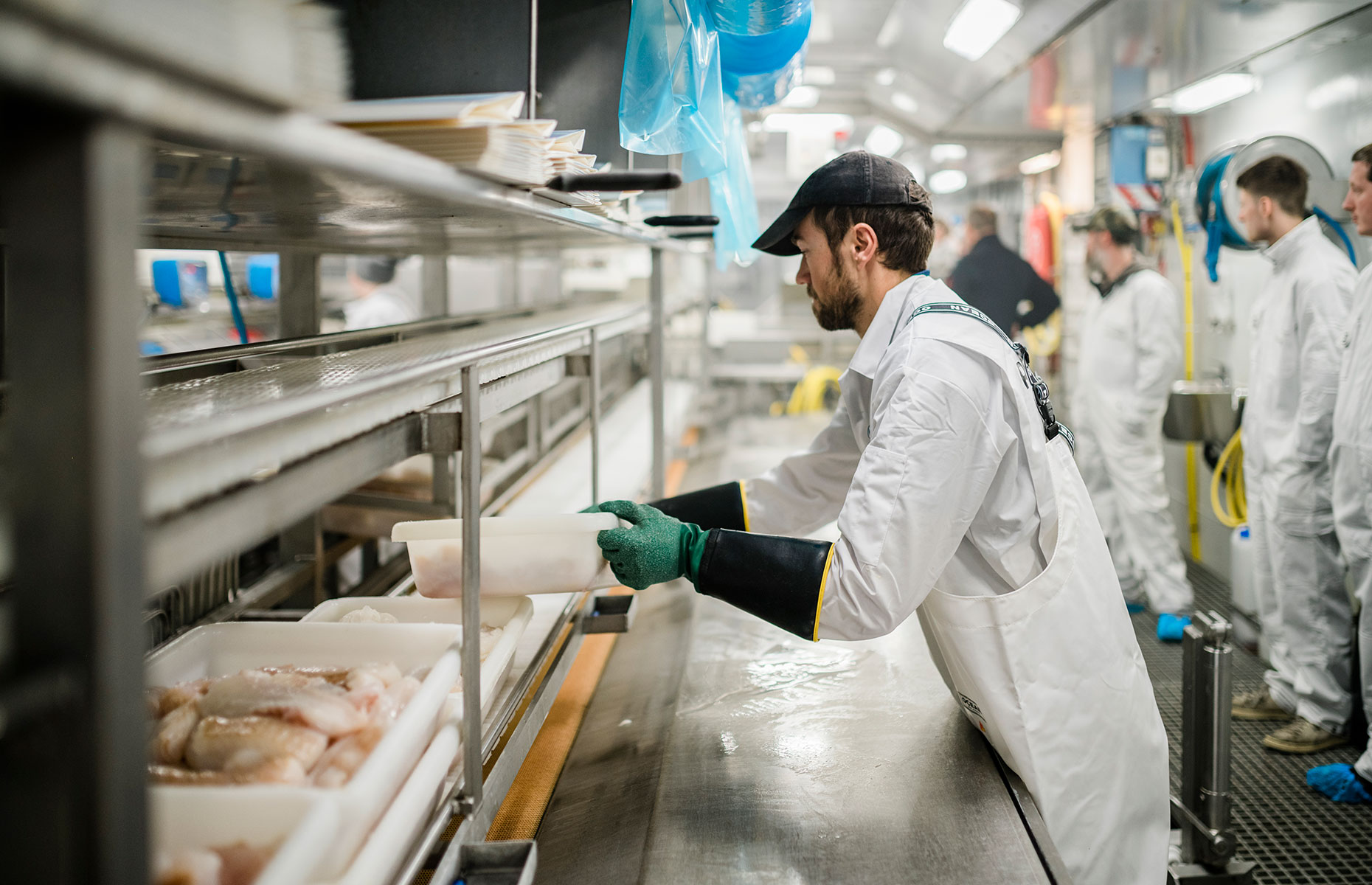 Courtesy of Seafish/Tone Molnes
Courtesy of Seafish/Tone Molnes
Top-notch restaurants
While in Ålesund, our group were treated to Norwegian seafood at Zuuma, a Japanese restaurant that uses seafood sourced less than an hour away.
On the final evening, the group dined at Klippfisk Akademiet with a number of locals from the fishing industry, which included the Ramoen’s captain, among a number of other trawler and long line captains.
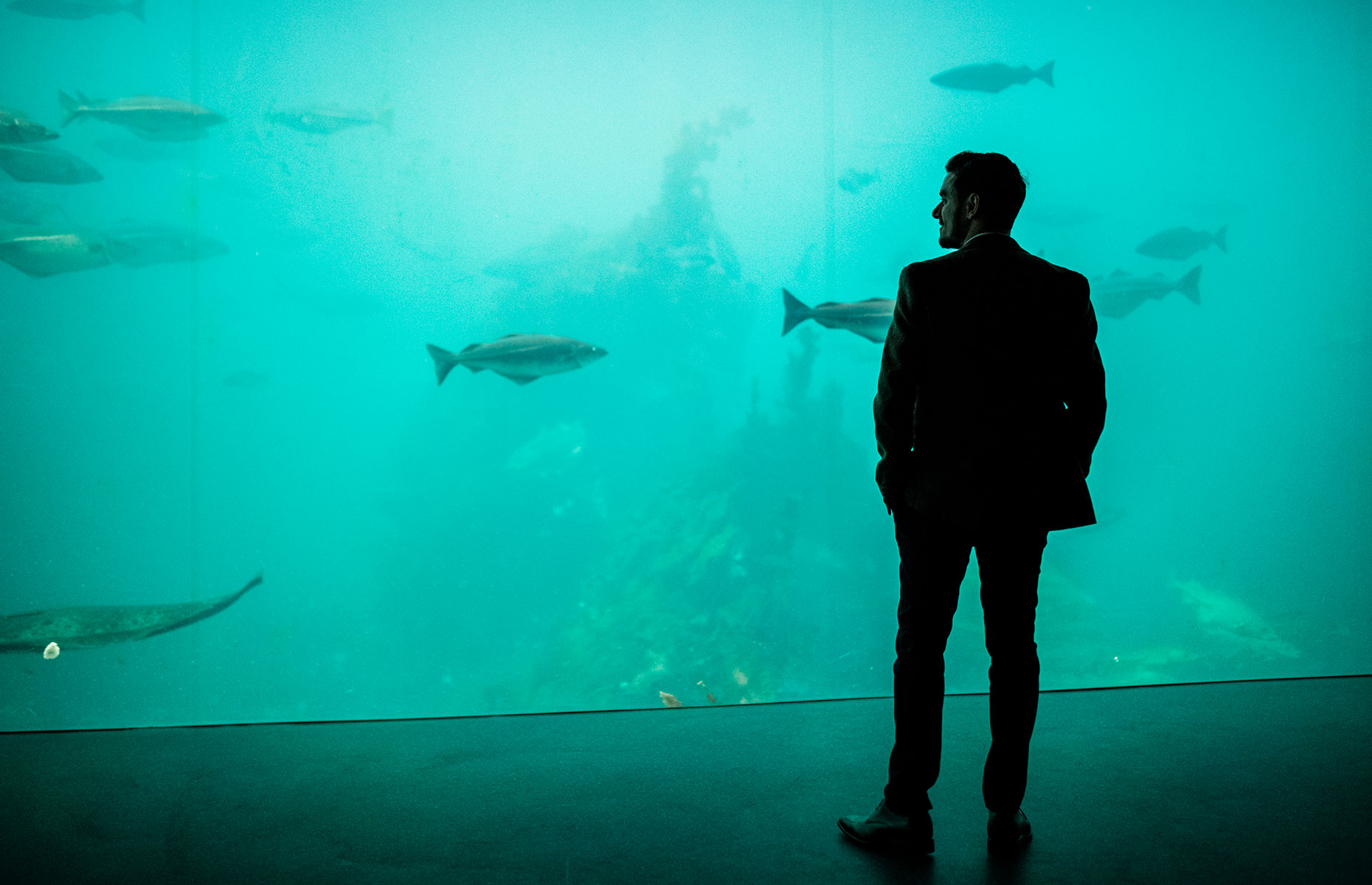
Courtesy of Seafish/Tone Molnes
The restaurant forms part of an aquarium, which houses a number of species of Norwegian sealife, and has a grand view which looks directly out onto the water.
And the UK fish and chips shop chefs got a chance to cook our national dish on the trip too, whipping up a traditional meal using ingredients at hand too.
So, with an estimated 167 million portions of fish and chips sold in the UK every year, if you like your cod there's a good chance it's come from the cold fresh waters of the Norwegian Sea.
Try it at home:
Comments
Be the first to comment
Do you want to comment on this article? You need to be signed in for this feature